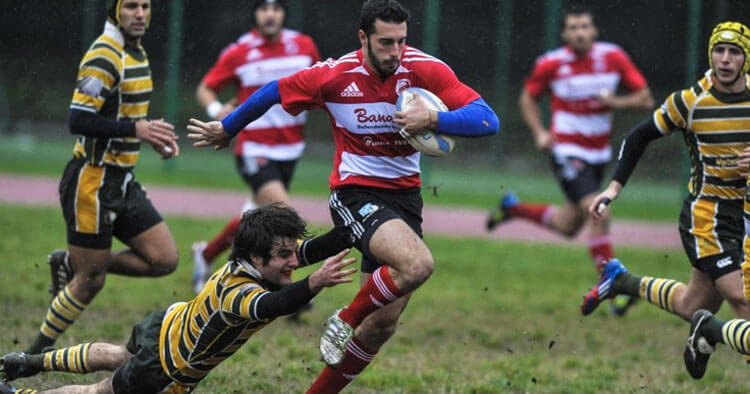The Posterior Cruciate Ligament: The ACL’s Little Known Brother
Suffering a posterior cruciate ligament injury is nowhere near as common as its counterpart
ACL injuries, records comparing the two injuries suggest PCL injury occurs at a ratio of 10:1 when compared to the more headline grabbing ACL. The mechanism of a PCL injury is the result of a different force when compared to the mechanism required to
damage an ACL. It is this mechanism of injury that is the main reason behind a PCL injury being less common, not because the ligament itself is structurally stronger than the ACL.
The Mechanism Of A PCL Injury Is Typically The Result Of Either:
- A direct blow to the top of the shin bone (the tiba), an incident like this can occur as the result of a motor vehicle accident, one example would be the shin striking the dash board of the vehicle on impact. Posterior cruciate ligament injury can also occur in sport such as when impacting the ground heavily in a tackle during contact sports like the footballing codes.
- Forced extreme bending of the knee under load is also capable of causing PCL injury, an example of this could occur during incidents when landing poorly from a ski jump, or falling awkwardly on a bent knee in a tackle.
Other Injuries Often Accompany Posterior Cruciate Ligament Injury
PCL injuries are often associated with other ligamentous injuries in the knee and as a result the overall ligamentous stability of the knee should always be fully assessed. With regard to any treatment for a PCL injury the treatment of an isolated posterior cruciate ligament injury regardless of the injuries severity is typically managed non-surgically and the majority of athletes who suffer a PCL injury will given time return to their pre-injury levels of competition.
Non-Surgical Management Of PCL Injury
The non-surgical management of PCL injuries will traditionally involve physiotherapy treatment accompanied with a prescribed gym and sport specific rehabilitation program. Athletes can generally return to normal activities in a graduated fashion from the six to twelve weeks period post-injury. This return to training and play may be with or without the use of any supportive
knee brace. Some individuals due to their training/sporting demands or subjective preference will find using a knee support helps ease their transition back into play and add stability where absent as result of the knee being deficient in a PCL.
Surgical Management Of Posterior Cruciate Ligament Injury
Individuals with a posterior cruciate ligament injury that is accompanied with other significant associated ligament injuries is often considered a candidate for surgery. Occasionally athletes with isolated complete tears to their PCL will require
surgical reconstruction due to their ongoing complaints of instability and/or pain. ACL reconstruction is typically a very successful surgery however the results of PCL reconstructions are not quite as predictable as the more commonly performed ACL recon.
Long Term Consequences Associated With A PCL Injury
Due to the potential associated joint damage sustained to the knee during the injury mechanism and the altered mechanics of an absent PCL knee in the long term posterior cruciate ligament injury can lead to
osteoarthritis of the knee.
Disclaimer: This information is provided as an educational service and is not intended to serve as medical advice. Anyone seeking specific medical advice or assistance on Posterior Cruciate Ligament Injury: The Forgotten Knee Ligament should consult his or her general practitioner, physiotherapist, orthopaedic surgeon or otherwise appropriately skilled practitioner.


